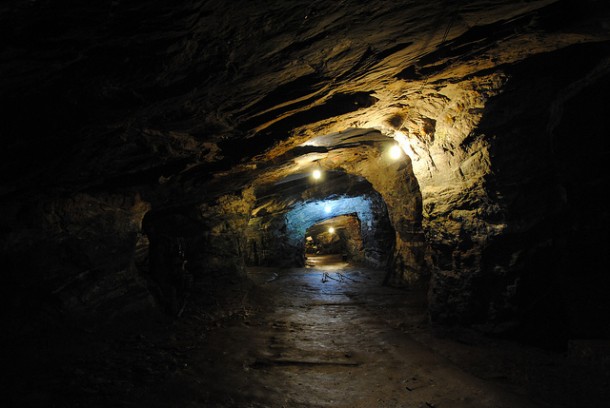 A Copper-Eating Bacteria's Billion-Dollar Boost To Brazilian Mining - Worldcrunch - All News is Global:
A Copper-Eating Bacteria's Billion-Dollar Boost To Brazilian Mining - Worldcrunch - All News is Global:
RIO DE JANEIRO - Brazil's largest mining company Vale has developed, in partnership with the University of Sao Paulo (USP), a method to identify bacteria and fungi capable of "eating" copper.? What exactly does that mean and why does it matter? Now with this process, waste generated by copper processing -- one of the steps involved in mineral extraction - can thus be absorbed by these micro-organisms.The new technology could mean an extra gross income of $1.4billion for Vale.
The project is being conducted at a tailings dam near Sossego mine, in Para state, in northern Brazil. About 90 million tons of residue end up there, after valuable minerals have been separated from waste -- 0.07% of which is copper. The treatment would be worth some $600 million, more than twice the money invested on Sossego mine.
"This would be a revolutionary technology for the mining world. We would have a much higher copper recovery rate than today", says Eugenio Victorasso, director of copper operations in Vale.
However, the project is still far from being economically viable. The first step is to identify the most efficient copper-eating bacterium or fungus, that is, the one that can absorb it best.
The second stage will focus on extracting copper from the bacteria and fungi, which will allow using the resulting material commercially. If it succeeds, Vale will be the first in the world to make profit out of milling copper and processing wastes.


